An Easy and Comprehensive Guide to an All-Time Classic
A picket fence is a classic way to add charm and security to your property, create an inviting exterior, and improve curb appeal. While we have long since moved away from white pieces of wood defining our satisfaction with life, the white picket fence remains a fixture of happy American suburbia.
If you happen to crave that now almost-retro traditionalism, you’ll be happy to know that it is also relatively easy to build your own picket fence. All you need is to have all the picket board pieces, posts, and rails ready to go to begin. For the handypeople, carpenters, and landscape designers in all of us, a DIY picket fence is a perfect project to work on without having to find professionals online.
The steps to making a picket fence are relatively easy to follow, though it will take some time for you to finish the project, especially if you have a lot of space to work with. While the national average for the length of fences (regardless of type) is around 200 feet, you may be working with far more or far less than that. This is why accurate measuring is a crucial initial part of building a picket fence. There are plenty of other more complex DIY picket fence ideas out there to try out, but even a simple white picket fence can make for the perfect summer project.
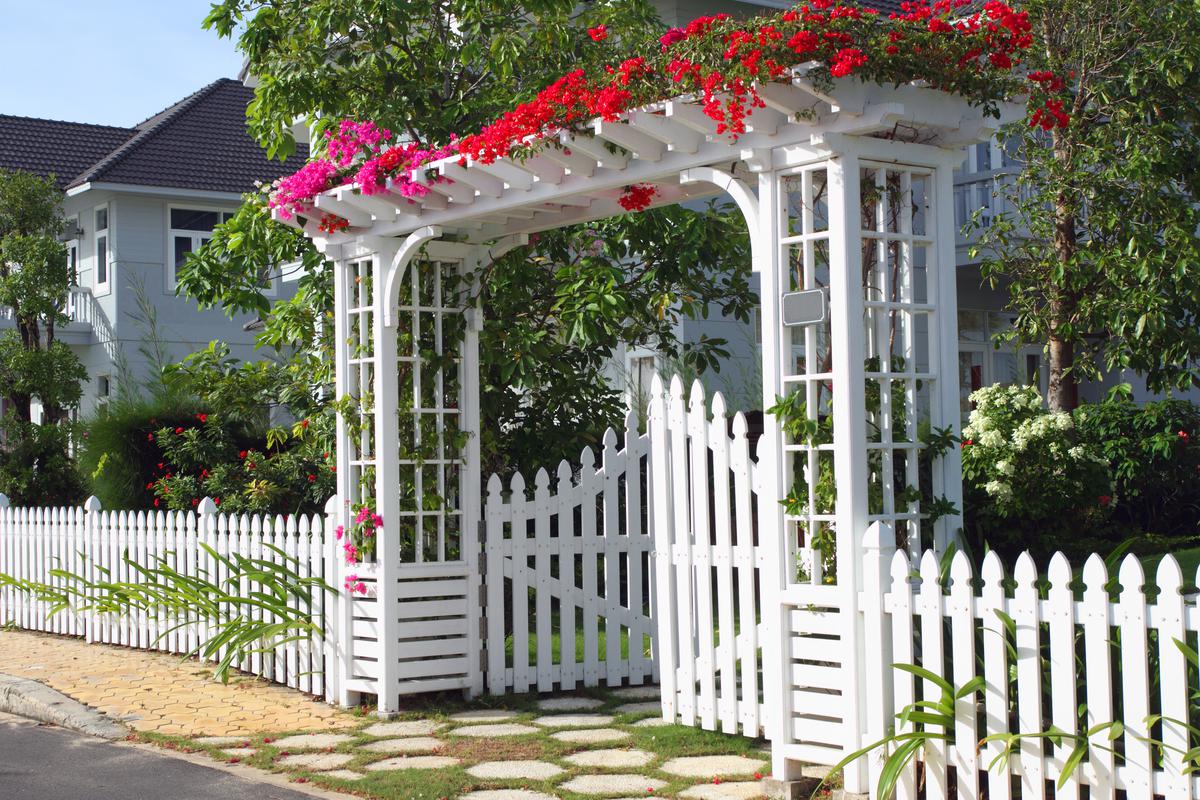
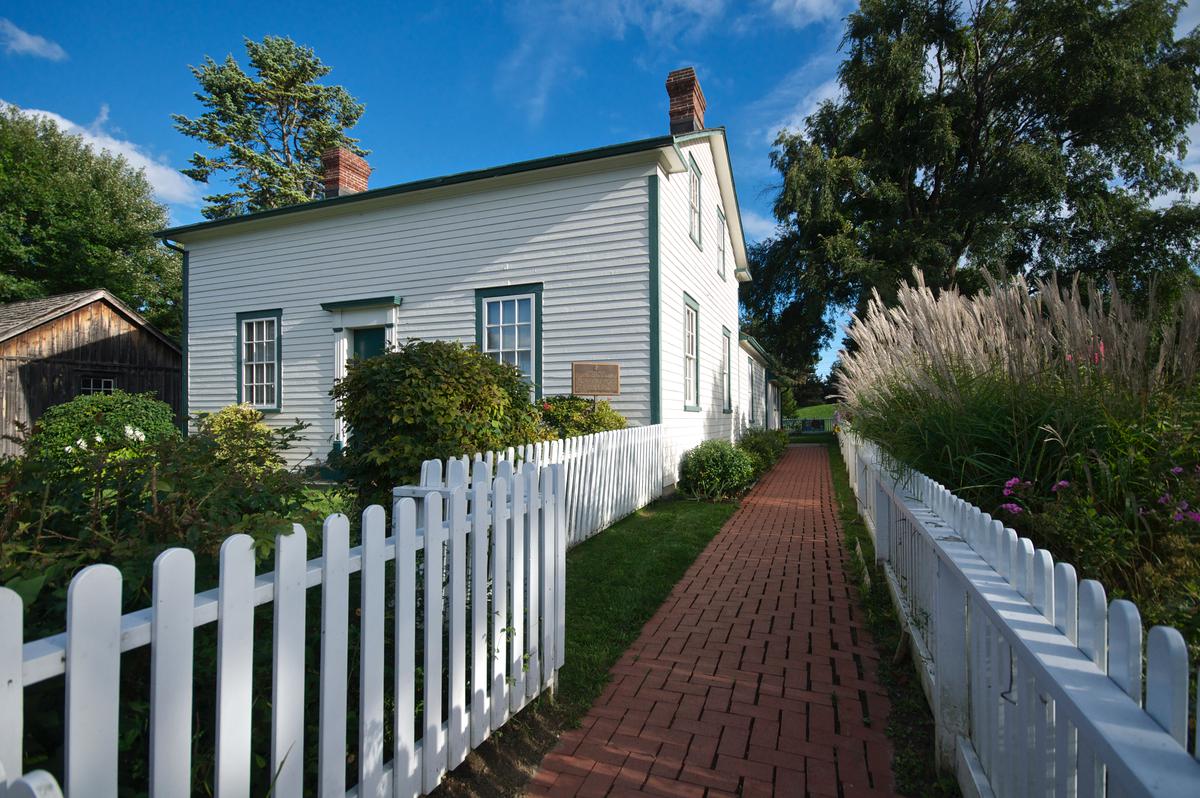
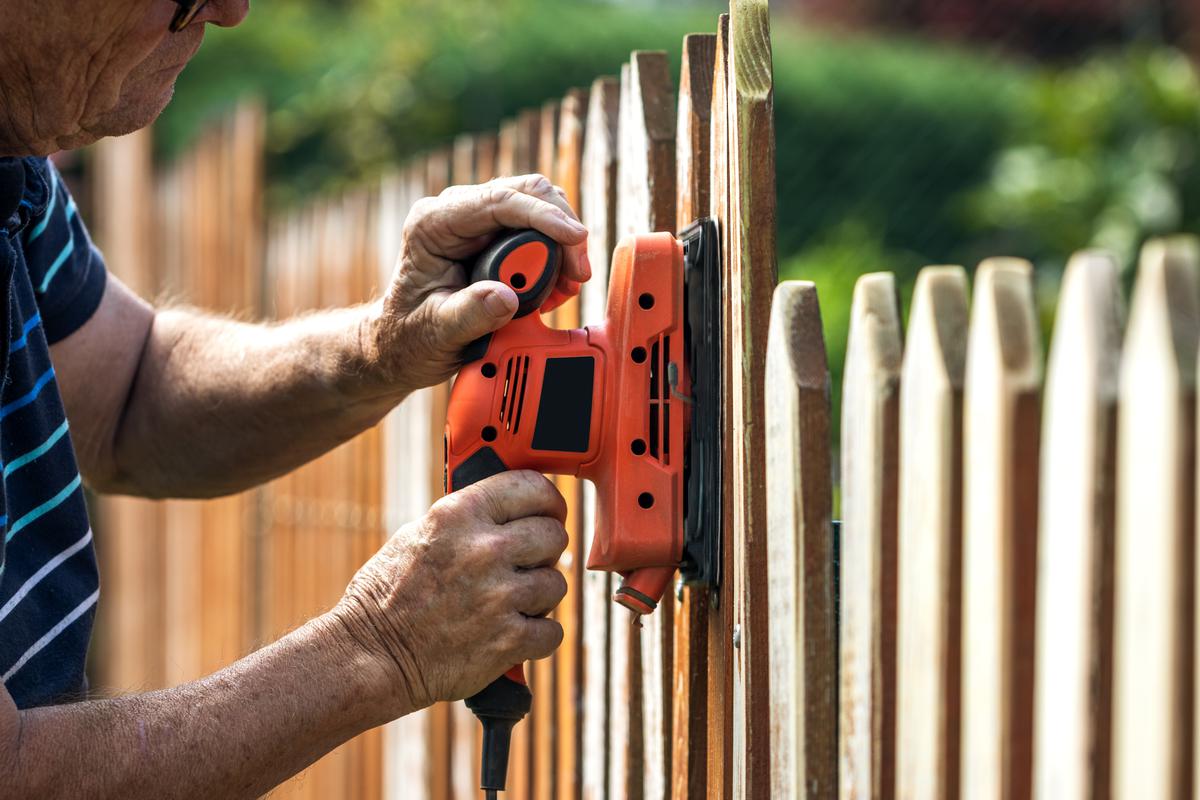
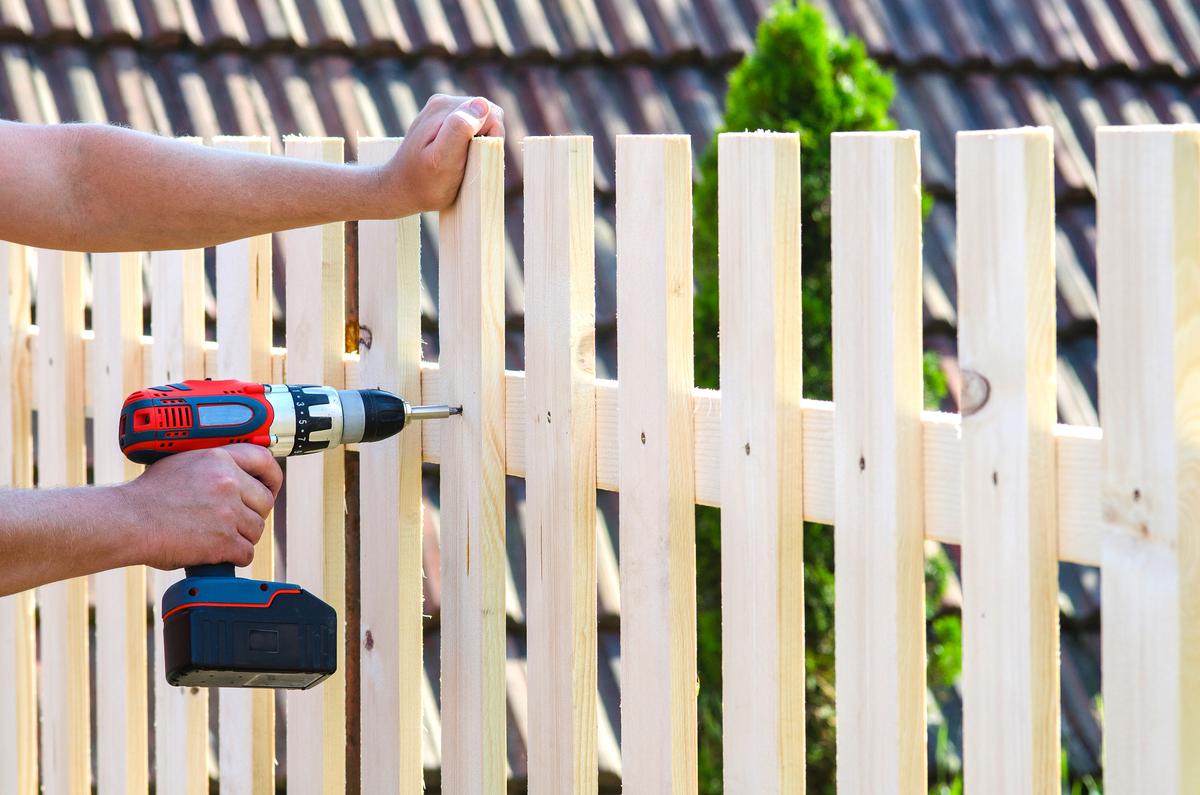
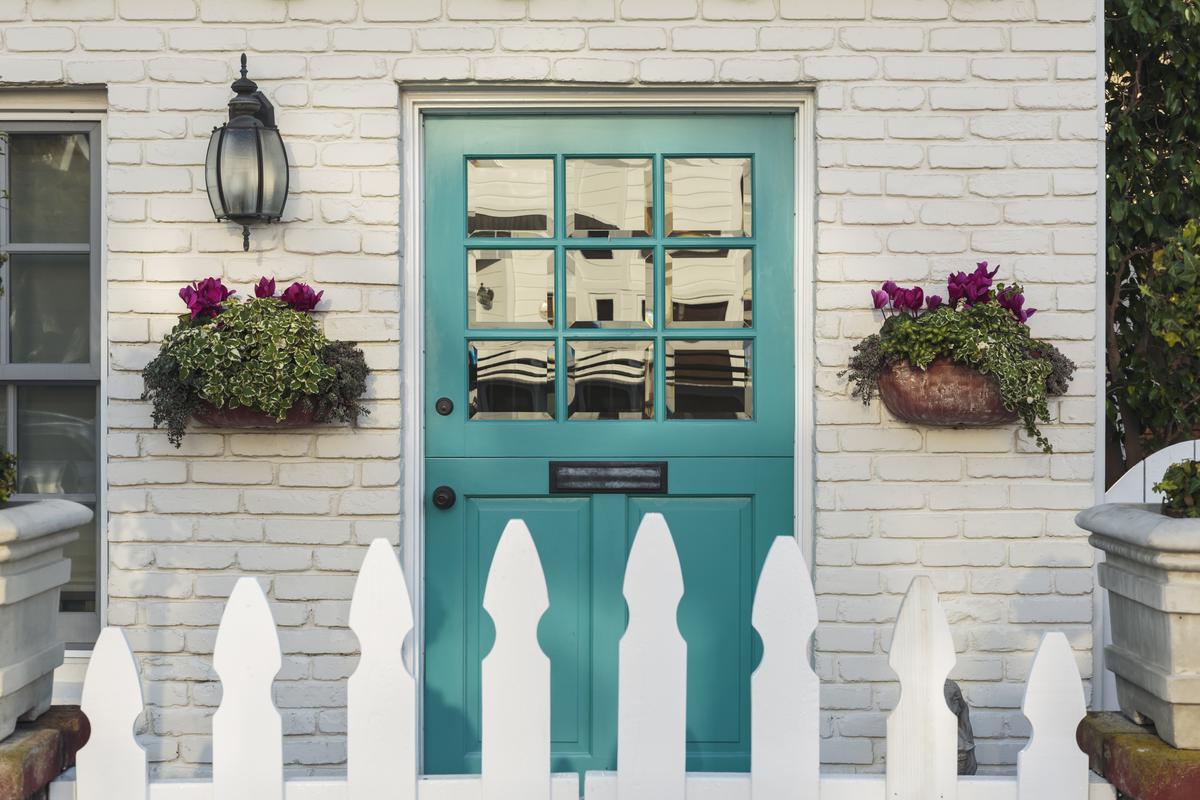
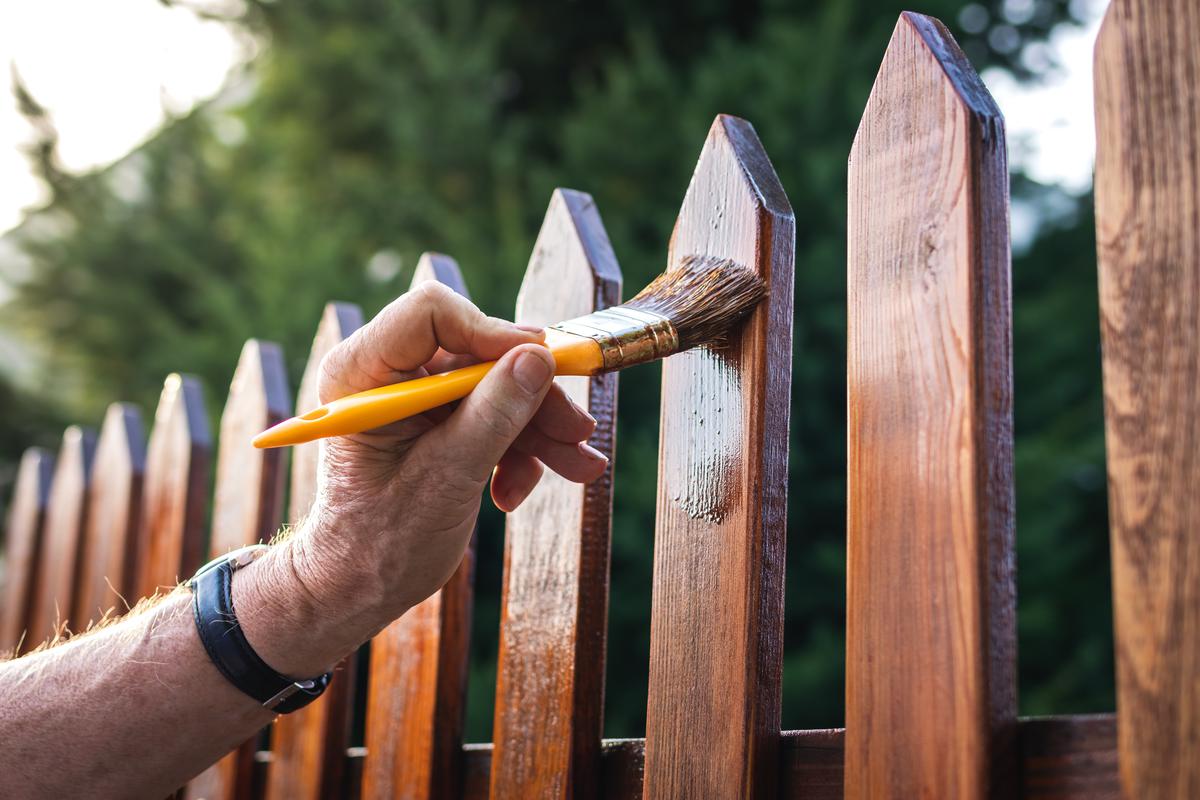
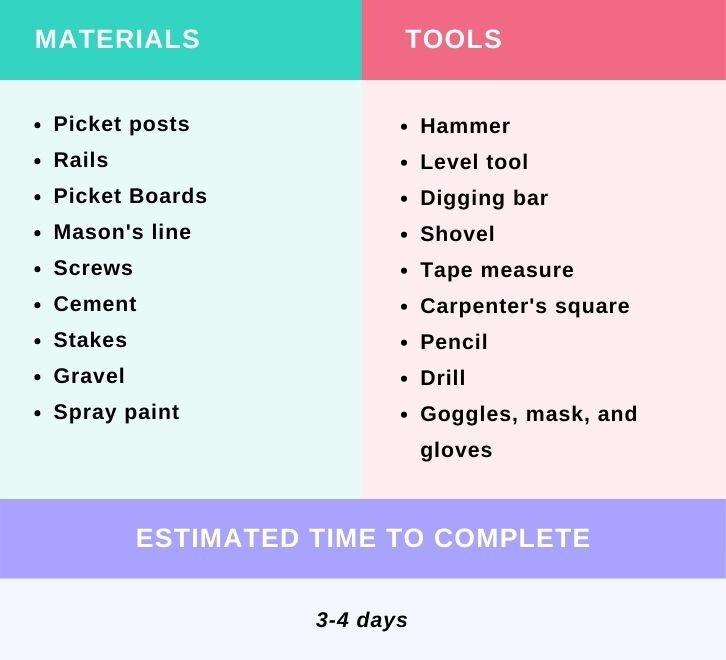





comments